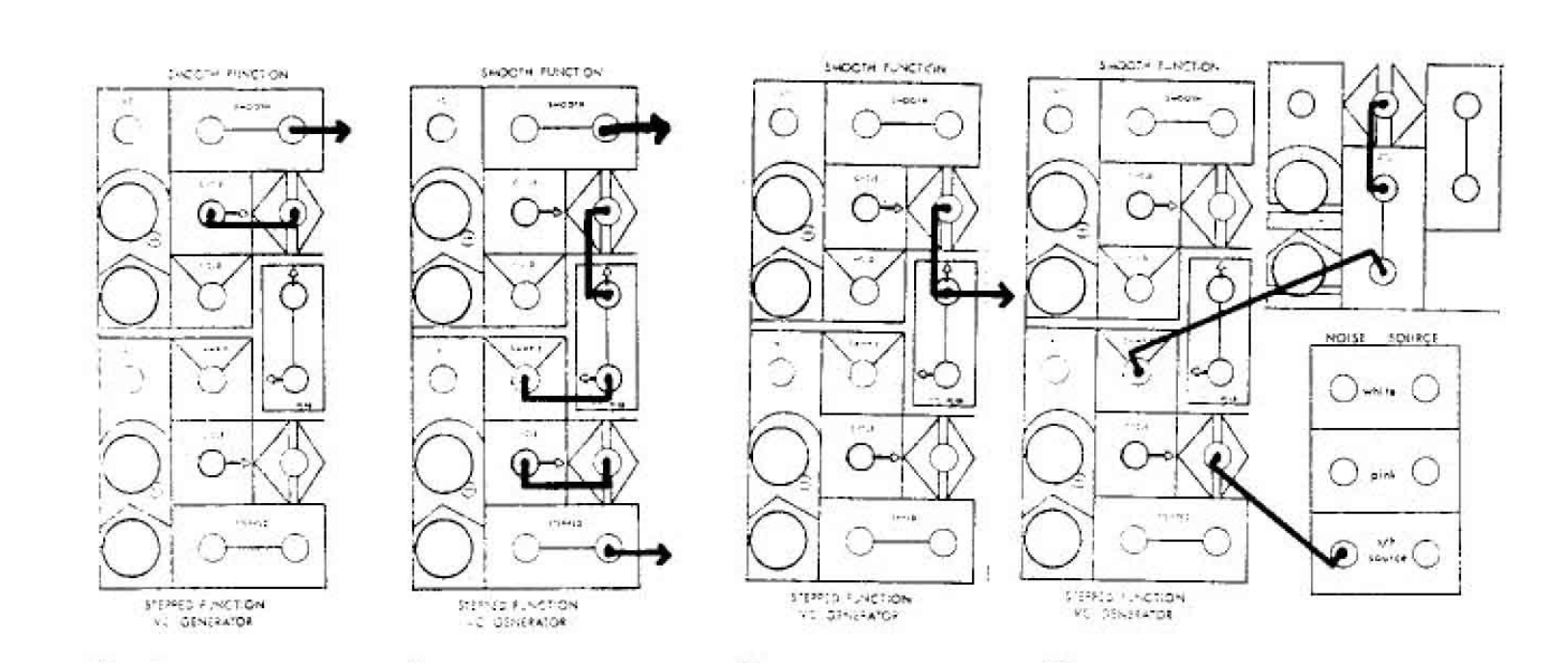
Although dreamed of some years before, actual work on the Serge Synthesizer was begun in the spring of 1972 at The California Institute of the Arts by Serge Tcherepnin and Randy Cohen. Initially, the project was part of an electronics workshop run by Tcherepnin for the music school at Cal Arts, and involved several people associated with the Institute. Within a year, the project became quite independent and involved a larger and varied group of artists eager to get access to the tools they desired. All along, the synthesizer was designed and built by and for practicing composers and musicians, yet functions were not necessarily pigeonholed along traditional electronic music parameters. If a variety of musical functions could be realized by one module better described by its electronic functional name than by an electronic music parametric one, this was readily accepted.
By taking advantage of the most recent advances in electronics, the dual goals of low cost and high quality were not impossible to achieve. The concept of versatility was always in mind as prototypes were built. The final result, which was first unveiled in 1973, was indeed a triple success. It was an extremely low cost synthesizer system that was of high quality, easily of the same caliber as Moog, Arp, etc., and it introduced a new multi-functional versatility (micro-programability) that made a great many more functions available in fewer modules than previous compact synthesizers. However, despite its relatively small dimensions and low cost, the Serge Synthesizer is not a ”mini-synthesizer”. It can readily be employed in live concert situations where portability is important, or it may stand in the studio as the center of a complete music system.